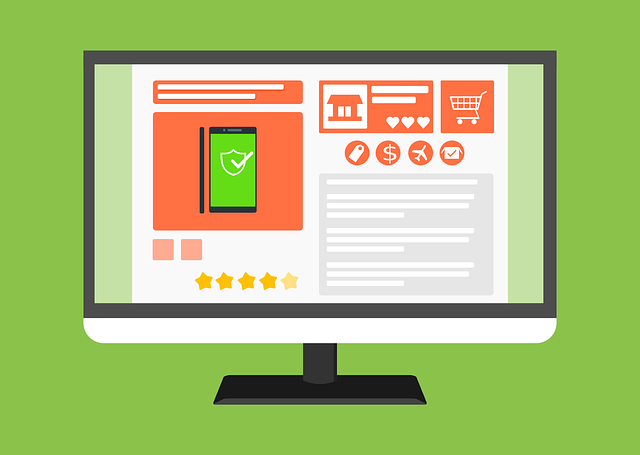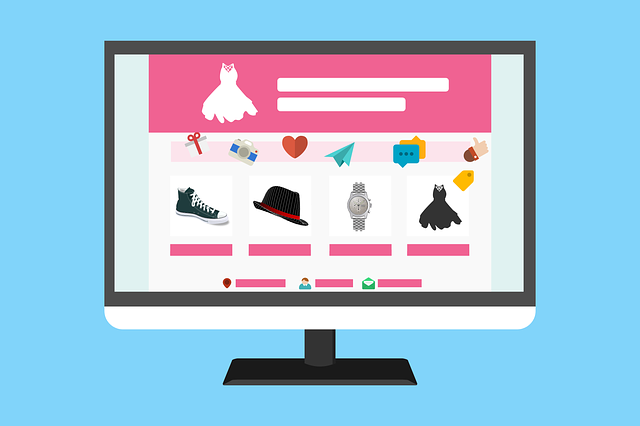Implementing a chatbot for your ecommerce site isn't just about adding a feature but addressing customer needs instantly. To maximize its effectiveness, strategically map out common pain points and questions, selecting a platform with advanced NLP and machine learning capabilities that integrates smoothly with existing tech. Design conversations focused on clear goals, using case studies and feedback, incorporating NLP for human-like responses, and enabling escalation to live agents. Optimize integration with databases and order management software, regularly analyzing logs to refine interactions for a better user experience, boosting sales and satisfaction.
Building a chatbot for your ecommerce website can significantly enhance customer engagement and sales. This comprehensive guide takes you through the process, from understanding your audience’s needs to integrating and optimizing the chatbot for maximum impact. We’ll explore how to choose the right platform and technology, design engaging conversations, and integrate seamlessly into your existing ecommerce ecosystem. By following these steps, you’ll create a powerful tool that revolutionizes customer interactions.
- Understanding Your Ecommerce Audience and Chatbot Needs
- Choosing the Right Chatbot Platform and Technology
- Designing and Developing Your Chatbot Conversations
- Integrating and Optimizing Your Chatbot for Maximum Impact
Understanding Your Ecommerce Audience and Chatbot Needs

Creating a chatbot for your ecommerce website is more than just adding a new feature; it’s understanding and catering to your audience’s unique needs. Ecommerce customers today expect instant answers to their questions, whether it’s about product availability, shipping details, or return policies. A well-designed chatbot can provide these in real time, enhancing customer satisfaction and driving sales.
Before integrating a chatbot, consider the specific pain points and queries of your target audience. For instance, buyers might seek personalized product recommendations, size guides, or detailed product descriptions. By mapping out these potential interactions, you can ensure your chatbot is equipped to handle common inquiries effectively, creating a seamless shopping experience that encourages repeat business and positive reviews.
Choosing the Right Chatbot Platform and Technology

Choosing the right platform is a critical first step in building your chatbot, especially for an ecommerce website. Look for a solution that seamlessly integrates with your existing tech stack and offers robust features tailored to your industry. Many platforms now cater specifically to enhancing customer service on ecommerce sites, providing tools for handling frequently asked questions, product recommendations, and even checkout assistance.
When selecting technology, consider your chatbot’s conversational capabilities, natural language processing (NLP) sophistication, and machine learning potential. Advanced options allow for more dynamic interactions and personalized responses, improving user experiences. Ensure the platform supports scalability as your business grows, with features like handling high chat volumes and integrating with various sales channels.
Designing and Developing Your Chatbot Conversations

Designing and developing your chatbot conversations is a key step in creating an effective chatbot for your ecommerce website. The first consideration is to define clear goals for your chatbot, such as providing customer support, answering product queries, or facilitating purchases. This will guide the type of conversations and responses it generates. Use case studies and customer feedback from similar ecommerce platforms to inform your design.
To ensure engaging conversations, incorporate natural language processing (NLP) techniques that enable your chatbot to understand user inputs and generate human-like responses. Utilize machine learning algorithms to train the chatbot on common customer queries and product information. This allows it to learn and adapt over time, improving its ability to assist customers effectively. A well-designed conversation flow should include options for users to escalate issues or request assistance from a live agent if needed.
Integrating and Optimizing Your Chatbot for Maximum Impact

To make your chatbot for an ecommerce website truly impactful, integration and optimization are key steps that often get overlooked. Once your chatbot is up and running, ensure seamless connections with your website’s existing systems – from customer databases to order management software. This enables the chatbot to access real-time data and provide accurate, personalized responses. The more connected your chatbot is, the better it can assist customers, answer queries, and even guide them through the purchase process.
Optimization involves refining every interaction to enhance user experience. Analyze conversation logs regularly to identify trends, common customer pain points, and areas where the chatbot could offer additional value. Utilize these insights to retrain your chatbot’s AI model, refine its responses, and expand its knowledge base. A well-optimized chatbot for ecommerce can significantly boost sales, improve customer satisfaction, and drive repeat business by providing a quick, efficient, and engaging shopping experience.
Building a chatbot for your ecommerce website is a strategic move that can significantly enhance customer engagement. By understanding your audience, selecting the right platform, designing meaningful conversations, and optimizing integration, you empower your business with a powerful tool. This chatbot can provide personalized support, drive sales, and create a unique shopping experience, setting your ecommerce site apart in a competitive market.
